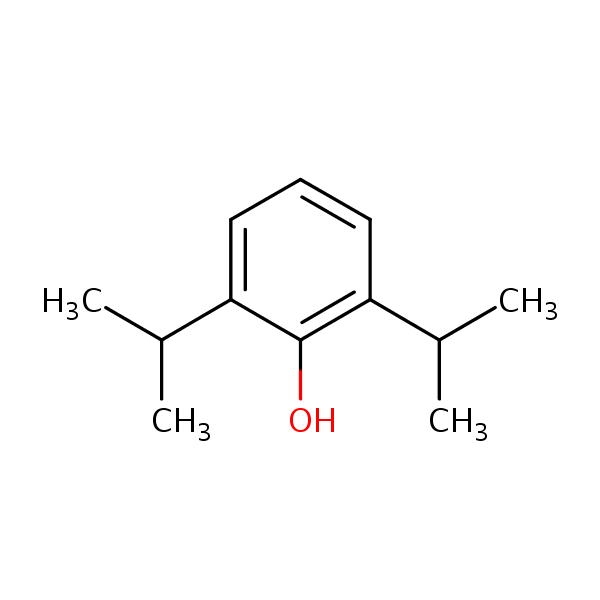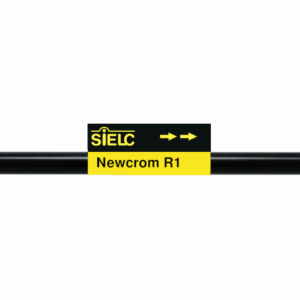| CAS Number | 2078-54-8 |
|---|---|
| Molecular Formula | C12H18O |
| Molecular Weight | 178.275 |
| InChI Key | OLBCVFGFOZPWHH-UHFFFAOYSA-N |
| LogP | 3.79 |
| Synonyms |
|
Applications:
HPLC Method for Analysis of Propofol on Newcrom R1 Column
February 16, 2018
HPLC Method for Propofol on Newcrom R1 by SIELC Technologies
 High Performance Liquid Chromatography (HPLC) Method for Analysis of Propofol
Propofol is an anesthetic agent used in maintenance of general anesthesia and procedural sedation. The drug has a very short recovery period of a couple of minutes, but the side effects include an irregular heart rate, low blood pressure, and possibly the stopping of breathing.
Propofol can be retained and analyzed using the Newcrom R1 stationary phase column. The analysis utilizes an isocratic method with a simple mobile phase consisting of water and acetonitrile (MeCN) with a phosphoric acid buffer. Detection is performed using UV.
High Performance Liquid Chromatography (HPLC) Method for Analysis of Propofol
Propofol is an anesthetic agent used in maintenance of general anesthesia and procedural sedation. The drug has a very short recovery period of a couple of minutes, but the side effects include an irregular heart rate, low blood pressure, and possibly the stopping of breathing.
Propofol can be retained and analyzed using the Newcrom R1 stationary phase column. The analysis utilizes an isocratic method with a simple mobile phase consisting of water and acetonitrile (MeCN) with a phosphoric acid buffer. Detection is performed using UV.
| Column | Newcrom R1, 3.2 x 150 mm, 3 µm, 100 A, dual ended |
| Mobile Phase | MeCN – 70% |
| Buffer | Phosphoric Acid |
| Flow Rate | 0.5 ml/min |
| Detection | UV 270 nm |
| Class of Compounds | Anesthetic |
| Analyzing Compounds | Propofol |
Application Column
Newcrom R1
Column Diameter: 3.2 mm
Column Length: 150 mm
Particle Size: 3 µm
Pore Size: 100 A
Column options: dual ended
Application Analytes:
PropofolApplication Detection:
UV Detection
SIELC Technologies usually develops more than one method for each compound. Therefore, this particular method may not be the best available method from our portfolio for your specific application. Before you decide to implement this method in your research, please send us an email to research@sielc.com so we can ensure you get optimal results for your compound/s of interest.


